Results 4,291 to 4,300 of 12095
Thread: Anandtech News
-
09-04-14, 08:31 PM #4291
Anandtech: NVIDIA Files Patent Infringement Complaints Against Qualcomm & Samsung
In a surprising move this afternoon, NVIDIA has announced that they will be filing patent infringement complaints against both Qualcomm and Samsung. This complaint is centered around the alleged use of NVIDIA patented GPU technologies in both Qualcomm and Samsung’s SoC’s and the unwillingness of the respective companies to enter in to a licensing agreement. NVIDIA has filed complaints with both the US Federal Court and the International Trade Commission, and in the case of the latter is seeking an injunction against Samsung to prevent them from shipping several recent products, including the Galaxy S5, Galaxy Note 4, and Galaxy Edge.
Starting from the top, NVIDIA is of course no stranger to high profile lawsuits. However those suits are typically on the defensive side, such as the company suing Intel over the loss of rights to make chipsets for their products, or being sued by Rambus over the use of DDR signaling. This suit by comparison is unabashedly offensive – one NVIDIA calls the first time they have ever initiated a patent lawsuit – with NVIDIA going to the courts arguing that their GPU patents are being violated and seeking a resolution and compensation for those violations.
The use of patent infringement suits in the technology space is nothing new, and even in the GPU space they’re somewhat common. NVIDIA in particular is still the 800lb gorilla of the GPU world by patent portfolio size (and arguably by GPU R&D), so how they interact with other companies tends to depend on the size of those companies and what patents they have in turn. In the PC space NVIDIA and AMD have relatively strong cross-licensing agreements – AMD being the next largest GPU developer – followed by Intel who settled a suit out of court with NVIDIA 3 years ago over continued access to NVIDIA’s patents.
In the mobile SoC space however there are a much larger number of GPU manufacturers, and overall there is still a certain “wild west” aspect to patent licensing and infringement. On top of the larger number of GPU manufacturers there are even more companies involved once you discuss integration. In this case an Imagination PowerVR GPU may be licensed by an SoC integrator such as MediaTek, who in turn will sell the complete SoC to the device manufacturer such as HTC. In which case it’s not at all clear who is responsible for patent licensing, or indeed if parties are responsible at each and every step.
This leads us to today’s suit against Qualcomm and Samsung, as it’s based around both alleged patent infringement and arguments about who’s ultimately responsible for those infringements. As far as patents go NVIDIA is going to the courts with a number of patents, with some patents going as far back as the GeForce 2 era and even patents first devised by 3dfx (before NVIDIA acquired them). At first glance these appear to be technologies that are fundamental to modern GPU designs, in which case it is admittedly difficult to imagine other GPU designs not infringing on these patents.
One such example is called the ‘063 patent, which involves on-chip tiling and early visibility testing, and was first developed by a company purchased by 3dfx. This is a technique that all modern GPUs implement in some form, though these days the methods are much more advanced.
"The
More...
-
09-05-14, 02:01 AM #4292
Anandtech: Motorola Announces the Moto Hint
The Moto Hint is a new Bluetooth headset. While this is normally a bit boring, Motorola has put extra effort into this headset.
The size and shape is specifically made to fit in ears as well as possible and to make it less obvious than most headsets. The headset also has microphones which also serve as a method to access Google Now and Moto Voice on the new Moto X. One use case demonstrated was turn by turn navigation with the phone in a pocket and relying upon the headset for directions. There's also a sensor that will automatically detect when the headset is removed from the ear and will shut off the headset upon detection.
More...
-
09-05-14, 02:01 AM #4293
Anandtech: Motorola Launches the New Moto G
The new Moto G effectively is a minor refresh as the SoC remains constant. However, the display is now larger at 5" size but is still a 720p resolution. The camera is now an 8 megapixel sensor, and the Moto G also gets dual front facing stereo speakers.There's also TV support for Brazil and a microSD card slot. For the most part, this didn't receive too much attention in the press event compared to other major products.
More...
-
09-05-14, 02:32 AM #4294
Anandtech: Dell Previews 27-inch ‘5K’ UltraSharp Monitor: 5120x2880
UHD is dead. Not really, but it would seem that displays bigger than UHD/4K will soon be coming to market. The ability of being able to stitch two regular sized outputs into the same panel via MST is now being exploited even more as Dell has announced during its Modern Workforce livestream about the new ‘5K’ Ultrasharp 27-inch display. The ‘5K’ name comes from the 5120 pixels horizontally, but this panel screams as being two lots of 2560x1440 via MST.
5120x2880 at 27 inches comes out at 218 PPI for a total of 14.7 million pixels. At that number of pixels per inch, we are essentially looking at a larger 15.4-inch Retina MBP or double a WQHD ASUS Zenbook UX301, and seems right for users wanting to upgrade their 13 year old IBM T220 for something a bit more modern.
Dell has been pretty quiet on the specifications, such as HDMI or DisplayPort support, though PCPer is reporting 16W integrated speakers. If the display is using MST to combine two outputs, that puts the emphasis squarely on two DP 1.2 connections. There is no mention of frame rates as of yet, nor intended color goals.Displays Sorted by PPI Product Size / in Resolution PPI Pixels LG G3 5.5 2560x1440 534 3,686,400 Samsung Galaxy S5 5.1 1920x1080 432 2,073,600 HTC One Max 5.9 1920x1080 373 2,073,600 Apple iPhone 5S 4 640x1136 326 727,040 Apple iPad mini Retina 7.9 2048x1536 324 2,777,088 Google Nexus 4 4.7 1280x768 318 983,040 Google Nexus 10 10 2560x1600 300 4,096,000 Lenovo Yoga 2 Pro 13.3 3200x1800 276 5,760,000 ASUS Zenbook UX301A 13.3 2560x1440 221 3,686,400 Apple Retina MBP 15" 15.4 2880x1800 221 5,184,000 Dell Ultrasharp 27" 5K 27 5120x2880 218 14,745,600 Nokia Lumia 820 4.3 800x480 217 384,000 IBM T220/T221 22.2 3840x2400 204 9,216,000 Dell UP2414Q 24 3840x2160 184 8,294,400 Dell P2815Q 28 3840x2160 157 8,294,400 Samsung U28D590D 28 3840x2160 157 8,294,400 ASUS PQ321Q 31.5 3840x2160 140 8,294,400 Apple 11.6" MacBook Air 11.6 1366x768 135 1,049,088 LG 34UM95 34 3440x1440 110 4,953,600 Korean 27" WQHD 27 2560x1440 109 3,686,400 Sharp 8K Prototype 85 7680x4320 104 33,177,600
Clearly this panel is aimed more at workflow than gaming. This is almost double 4K resolution in terms of pixels, and 4K can already bring down the majority of graphics cards to their knees, but we would imagine that the content producer and prosumer would be the intended market. Word is that this monitor will hit the shelves by Christmas, with a $2500 price tag.
Source: Dell
Gallery: Dell Previews 27-inch ‘5K’ UltraSharp Monitor: 5120x2880_thumb.png)
_thumb.png)
_thumb.png)
_thumb.png)
_thumb.png)
_thumb.png)
More...
-
09-05-14, 09:31 AM #4295
Anandtech: Note 4 and Mate 7 side-by-side
We already saw some pictures that Josh took during his briefing just a few days ago, but I still felt that maybe the Note 4 could use a little better look. Today I managed to snatch a representative at IFA to get some better close-up shots of the device.
The Note 4's new design is really striking. As Josh already mentioned in his hands-on, the improved feeling that Samsung managed to achieve with the new metal chassis is worlds apart from the plastic designs found in its predecessors. I was still skeptical until I got to hold it with my own hands: this is indeed a premium device.
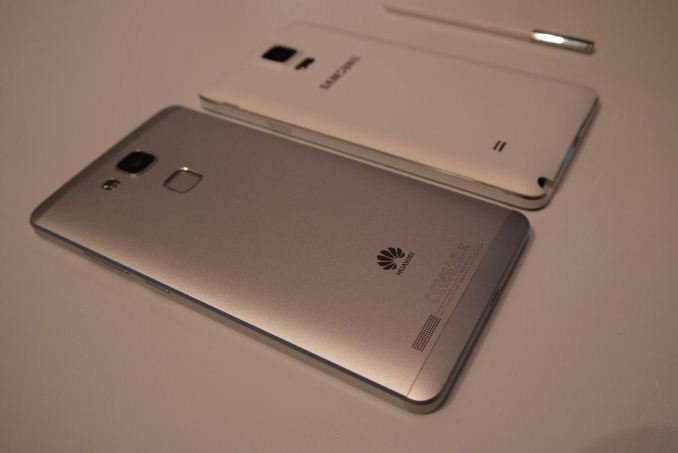
I also had the occasion to compare it to the Ascend Mate 7. There's definitely a size difference here that is noticeable when you hold both devices. Due to the Mate 7 being a tad wider than the Note 4, it wasn't as easy to handle. I'd say Samsung made a very good choice in staying at 5.7" and not going larger. Immediately visible was the difference in screen quality. The Note 4 was a lot brigther, and due to the large size of the screens, the 1080p vs 1440p was quite noticeable to me.
The two devices are basically the same thickness, and you won't notice too much in that regard other than a change in feeling the grippy soft-touch plastic of Samsung leatherly back versus the smoother aluminium of the Mate 7.
One thing Josh told me he omitted to do is to take a picture of the Note 4 without the back cover. Here we see that Samsung changed the layout a bit, and no is longer employing their stacked SIM+microSD slot holder that we started to get use to, and instead separates them again as in more older devices.
Some readers in the comment section were asking about how the new S-Pen handled. I tried to play around with it for a bit and noticed no problems with it, as it performed perfectly. I couldn't try out the angle-sensitivity of the pen as the stock apps did not support it, and the Samsung representative did not know how to showcase it.
Interestingly, the model I handled was a N910F with a Snapdrgon 805. This very well could yet again mean that we won't see any Exynos models in western LTE markets such as Europe and most devices globally will be powered by Qualcomm. We're still waiting on Samsung to officially relase any information regarding the Exynos 5433 SoC. We're still waiting on Samsung to release a break-down of models and their availabiliy per region.
Yesterday I was impressed by Huawei's new design and build-quality. Today I'm actually torn between it and the Note 4 and can say that the Samsung has stepped up a notch in this regard too.
Addendum:
Samsung also had a lot of Galaxy Alphas on public display in their hall. Since this was the first time I saw the phone in person, I wanted to share my thoughts on it too. The device provides a great alternative to people who dislike 5"+ phones, it's very light and thin. I was concerened about the 720p pentile screen, but it seems that this display employs one of the newer generation PenTile matrices and it was not as visible as I thought it would be. I didn't bother with taking too many pictures as it was a tethered device and there were no press kits available. The Alpha is definitely a device to look foward to if that's the form-factor you desire in a phone.
More...
-
09-05-14, 10:37 AM #4296
Anandtech: Intel’s Core M Strategy: CPU Specifications for 9mm Fanless Tablets and 2-
Continuing our coverage of Intel’s 14nm Technology, another series of press events held by Intel filled out some of the missing details behind the strategy of their Core M platform. Core M is the moniker for what will be the Broadwell-Y series of processors, following on from Haswell-Y, and it will be the first release of Intel’s 14nm technology. The drive to smaller, low powered fanless devices that still deliver a full x86 platform as well as the performance beyond that of a smartphone or tablet is starting to become a reality. Even reducing the size of the CPU package in all dimensions to allow for smaller devices, including reducing the z-height from 1.5mm to 1.05 mm is part of Intel’s solution, giving a total die area 37% smaller than Haswell-Y.
The first wave of three Core M parts will all be dual core flavors, with HD 5300 graphics and all within a 4.5W TDP. For Core M Intel is no longer quoting the SDP terminology due to the new design.
The top of the line processor will be called the Core M-5Y70, which is a bit of a mouthful but the name breaks down similarly to Intel’s main Core series. ‘5’ is similar to i5, giving us a dual-core processor with Hyper-Threading; ‘Y’ is for Broadwell-Y; and ‘70’ gives its position in the hardware stack.Intel Core M Specifications Core M-5Y70 Core M-5Y10a Core M-5Y10 Cores / Threads 2 / 4 2 / 4 2 / 4 Base Frequency / MHz 1100 800 800 Turbo Frequency / MHz 2600 2000 2000 Processor Graphics HD 5300 HD 5300 HD 5300 IGP Base Frequency / MHz 100 100 100 IGP Turbo Frequency / MHz 850 800 800 L3 Cache 4 MB 4 MB 4 MB TDP 4.5 W 4.5 W 4.5 W LPDDR3/DDR3L Support 1600 MHz 1600 MHz 1600 MHz Intel vPro Yes No No Intel TXT Yes No No Intel VT-d/VT-x Yes Yes Yes Intel AES-NI Yes Yes Yes
The CPU will leverage both processor graphics and CPU Turbo Boost, allowing each of them to turbo at different times and different rates depending on the workload and overall power usage. Of particulary interest is that the 5Y70 features a base clock of 1.1 GHz, with turbo for both single-core and dual-core use listed as up to 2.6 GHz. The new HD 5300 GPU similarly has a 100 MHz base frequency with an 850 MHz turbo. The 5Y70 is different from the other two models in both clock speeds and features, as it will be part of Intel’s vPro program and also supports Intel TXT.
The other two processors in the stack are the 5Y10a and 5Y10, with dual-core + HT configurations and 800 MHz base frequency with turbo up to 2.0 GHz. There doesn't appear to be any major difference between the two parts, though Intel's presentation notes that the 5Y10 supports "4W Config Down TDP". The graphics is clocked slightly lower on the turbo, giving 800 MHz. The 5Y10 will also support a cTDP Down mode of 4W.
The HD Graphics 5300 is the new processor graphics and as part of the brief behind Core-M, a die shot was supplied with the important areas marked:
In the processor graphics section in the shot above, there clearly looks like 12 repeated units, with each representing two EUs (Execution Units). In our dive into the architecture in early August, it was stated that the minimum configuration here would be as a result of Broadwell taking 8 EUs per sub-slice, with the minimum configuration being three sub-slices, making 24 in total. This comes in combination with an increase in the L1 cache and samplers relative to the number of EUs, allowing for 25% more sampling throughput per EU.
The fundamental architecture of the GPU does not change from Haswell, albeit on a smaller process node. The GPU is confirmed as supporting DirectX 11.2, OpenGL 4.2 and OpenCL 2.0, with UltraHD (3840x2160) supported at 24 Hz through HDMI. This opens up possibilities of fanless tablets with UHD panels.Intel's Tick-Tock Cadence Microarchitecture Process Node Tick or Tock Release Year Conroe/Merom 65nm Tock 2006 Penryn 45nm Tick 2007 Nehalem 45nm Tock 2008 Westmere 32nm Tick 2010 Sandy Bridge 32nm Tock 2011 Ivy Bridge 22nm Tick 2012 Haswell 22nm Tock 2013 Broadwell 14nm Tick 2014 Skylake 14nm Tock 2015
One of the main graphs Intel was pushing in their briefing was this one, indicating what power is required for a fanless tablet:
For a chassis of 7, 8 or 10mm, to have a maximum skin temperature of 41C at load, the above TDPs are required depending on the chassis size in order to go fanless. The first batch of 4.5W Core M processors aim at either the 11.6-inch, 8mm thick fanless tablet design as indicated in the graph above, or similarly a 10.1-inch 10mm thick tablet will also be suitable. Intel wants Core M to have a range of possible TDPs based on increasing or decreasing the frequency as required for a thin fanless tablet.
Intel is going to support extended docking functionality, especially with its business partners to allow features such as WiGig and additional I/O. Intel is also bringing a new 802.11ac design in the form of AC 7265, a lower powered version of the 2T2R 7260 for tablets. This will also support WiDi 5.0, and overall the platform aims to offer 1.7 hours longer battery life. Intel got to this ‘+1.7’ hour number with a reference design compared to a clocked-down Haswell-Y. I would like to point out that despite these numbers, a clocked-down part usually represents moving outside the optimal efficiency window, especially when dealing with low powered tablets.
Intel used the above slide in their presentations and drew particular attention to the power consumption of the audio during HD video playback (the orange bar on the top comparison). As part of Core M, Intel is reducing power consumption of the audio segment of the system from 100s of milliwatts down to single-digit milliwatts by integrating an audio digital signaling processor (DSP) onto the die. This is what Intel refers to as its Smart Sound Technology, and is designed to shift the majority of the audio processing onto a configured part of the die which can process at lower power.
If you think you’ve heard of something like this before, you have: AMD’s TrueAudio sounds remarkably similar in its implementation and its promotion. We asked Intel if this new DSP for Broadwell would have a configurable API similar to TrueAudio, however we are still waiting on an official response to this.
The platform controller hub layout was also provided, showing USB 3.0 support along with SATA 6 Gbps and four lanes of PCIe:
The PCH is also designed to be dynamic with power, meaning that disabling features on a design could yield a better-than-expected increase in battery life. The design will support NFC, and it is worth noting that the two USB 3.0 ports are in a mux configuration which may limit bandwidth. With a number of PCIe lanes in tow however, there are a number of controllers that could be used to expand functionality in a design.
Intel will be showing off the Core M at IFA in Berlin this week, with over 20 designs based on Core M from OEMs in the known pipeline – including designs like ASUS’ Transformer Book T300 Chi announced back at Computex. The T300 Chi was specified as a 12.5-inch fanless tablet in a 7.3mm thickness design, with LTE support and a 2560x1600 display. With the 12.5-inch size and 7.3mm width, it sounds like the T300 Chi will be modifying the Core M CPU to be around 4W in order to keep the 41C skin temperature as a maximum. Intel also listed the following Core M devices at IFA:
The CPUs will be in volume production before the end of the year (we seem to have differing reports whether volume production has started already or is just about to), with systems from ~5 OEMs available in Q4, starting in late October. Intel lists both consumer and business designs for this timeframe, however volume production is expected in Q1 2015.
More...
-
09-05-14, 02:30 PM #4297
Anandtech: PCIe SSD Faceoff: Samsung XP941 (128GB & 256GB) and OCZ RevoDrive 350 (480
We are currently on the verge of PCIe transition. Nearly every SSD controller vendor has shown or at least talked about their upcoming PCIe designs, and the first ones should enter the market in early 2015. In the meantime, there are a couple of existing PCIe drives for the early adopters, namely Samsung XP941 and Plextor M6e, and a variety of RAID-based PCIe SSDs like the OCZ RevoDrive 350. We already reviewed the 512GB Samsung XP941 in May and found it to be the fastest client SSD on the market, but today we are back with the 128GB and 256GB models along with OCZ's RevoDrive 350.
More...
-
09-08-14, 11:35 AM #4298
Anandtech: Intel Xeon E5 Version 3: Up to 18 Haswell EP Cores
Intel's new Xeon is here, and once again it has impressive specs. The 662 mm² die supports up to eighteen cores, contains two integrated memory controllers, and comes with up to 45MB of L3 cache. We have four different SKUs to test and compare, with each other as well as with the previous generation. We've also added some new real world application testing, so join us for one of our biggest server CPU reviews ever.
More...
-
09-08-14, 12:30 PM #4299
Anandtech: GIGABYTE Server Releases Seven C612 Series Workstation and Server Motherbo
We had the big consumer Haswell-E CPU launch just over a week ago, and today marks the release of the Xeon counterparts. Johan’s large deep-dive into what makes Haswell-EP tick is well worth a read. Alongside the CPUs come the motherboards, and the GIGABYTE Server division sent us over some info regarding their entrants into this category. As GIGABYTE Server now sells direct to the end-user via retailers like Newegg, their hardware and packaging is coming under more scrutiny and we are getting one or two of these models in for review.
The two main features GIGABYTE is promoting with its launch starts with DDR4-2133 support in 1 DIMM per channel, 2 DPC and 3 DPC configurations. This makes sense given that the CPUs have DDR4-2133 support, however GIGABYTE is claiming that other motherboards will have reduced limits at higher DPC counts. The second aspect is almost a transfer of IP from the consumer group – updating the BIOS without a CPU or DRAM installed. This can be done over the IPMI 2.0 management interface or via the command line over the network.
Unfortunately I have no clue how to decipher the motherboard names, but on release will be a single workstation motherboard, the MW50-SV0:
Perhaps surprisingly we still see an mSATA here rather than an M.2 port. Also, the TPM header is slap bang in the middle of the first two PCIe slots, making any GPU + TPM user lose that first PCIe slot.
The server motherboards are all 2P, and GIGABYTE Server’s rep indicated to me that this generation is going to have extensive use of the mezzanine type-T slot for the add-in cards. Due to the ATX dimensions of this MD30-RS0, we are limited to 1 DPC in a stacked arrangement, but all 10 SATA 6 Gbps ports are here. Note that if a user wants to equip both SAS drives and a double slot PCIe device here, they will be out of luck.
The MU70-SU0 is a single socket workstation motherboard, using the ATX standard but also a narrow LGA2011-3 socket to allow for 3DPC. The arrangement should allow two large PCIe devices along with mSATA and full storage capabilities. This motherboard also has four GbE ports based on Intel’s I210 line of controllers.
The MD50-LS0 aims more to be a storage board unless riser cables are used, because in this configuration of CPUs and PCIe slots it will be impossible to add in large compute cards. We move up to the larger SSI EEB form factor here, with onboard ports for the Type-T slot. Note there are no extra power connectors for the PCIe slots, perhaps suggesting a non-compute nature.
We actually have the MD60-SC0 in for testing, showing a dual narrow socket combined with 2 DPC memory. The CPU sockets are inline rather than staggered, and the board comes with a 10GbE QSFP+ port supporting dual output via a splitter cable. When setting up this board the other day the power connector placement is a little odd, and the PCIe arrangement again is not conducive to large PCIe devices, but the arrangement does allow for directed airflow in a server over the hot components (including that chipset and QSFP+).
The MD70-HB0 is a bit more of a rearrangement of the MD60-SC0, with the larger version of the LGA2011-3 sockets now inline top to bottom and 2 DPC channel support. The networking is provided by an Intel X540 instead, giving two 10GbE Base-T LAN ports. I have been wondering about the consumer adoption of 10GbE Base-T on motherboards and given the heatsink here to cool it, I am not surprised that it has not made it over yet.
The last motherboard in the list, aside from supporting 3DPC and 10GbE Base-T, breaks the pattern by supporting an M.2 slot. It looks here that only 2280 type devices are supported, and it is unclear if this is PCIe 2.0 x2, x4, or PCIe 3.0 x4. The MD80-TM0 is also an odd size, using a proprietary 305x395mm form factor.
We have no official confirmation on pricing and exact release dates as of yet, although GIGABYTE is sampling to review. We have the MD60-SC0 on hand with some Xeons, so keep your eyes for that article.
More...
-
09-08-14, 02:31 PM #4300
Anandtech: Nokia Lumia 930 Review
Nokia has once again refreshed its Windows Phone lineup with the release of the Lumia 930, which is the spiritual successor to the Lumia 920 which first launched with Windows Phone 8.0 way back in November 2012. But like the Lumia 630, it takes cues from more than just the Lumia with the closest model number. The Lumia 930 is an interesting combination of many of the other Nokia Windows Phone designs from over the years all wrapped up into a striking package that certainly gives it a new take on the polycarbonate bodies of all of the higher end Lumia devices over the years.
More...
Thread Information
Users Browsing this Thread
There are currently 63 users browsing this thread. (0 members and 63 guests)





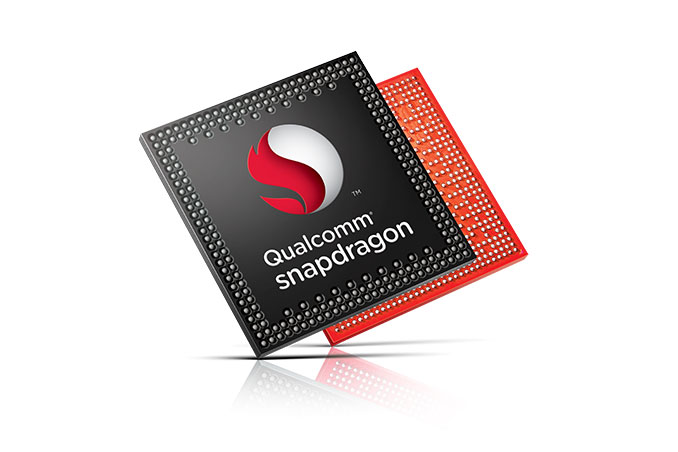

 Quote
Quote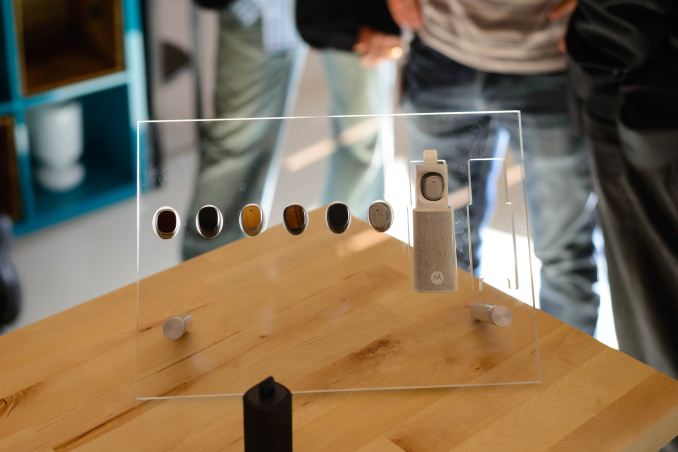



_575px.png)
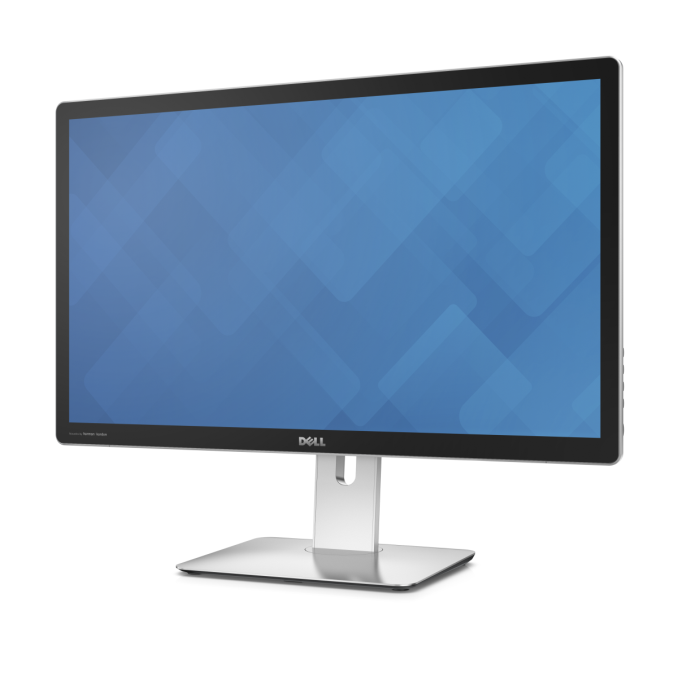
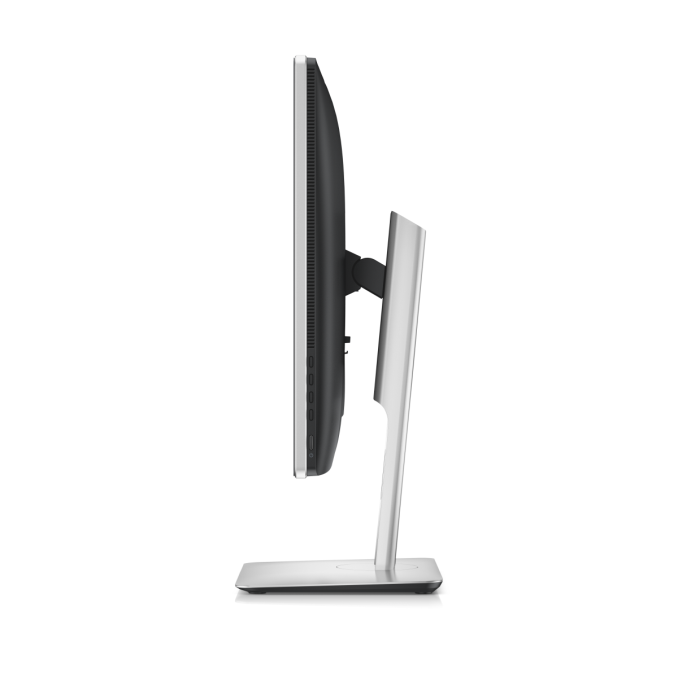


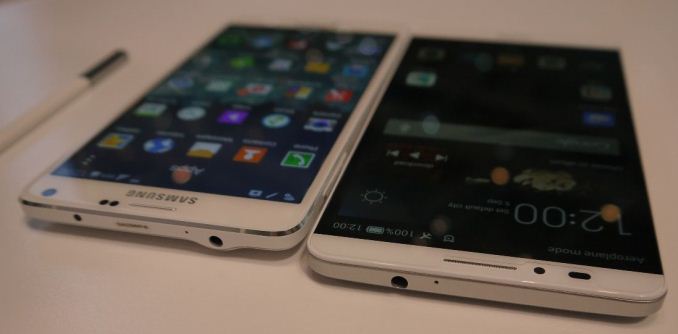
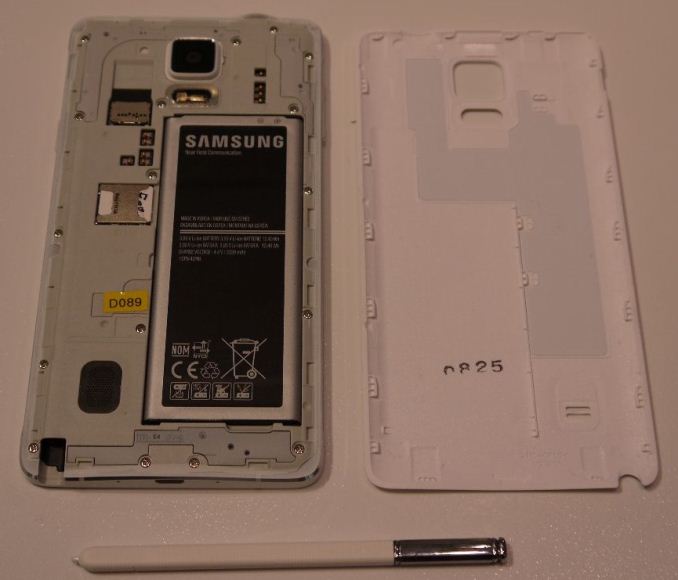






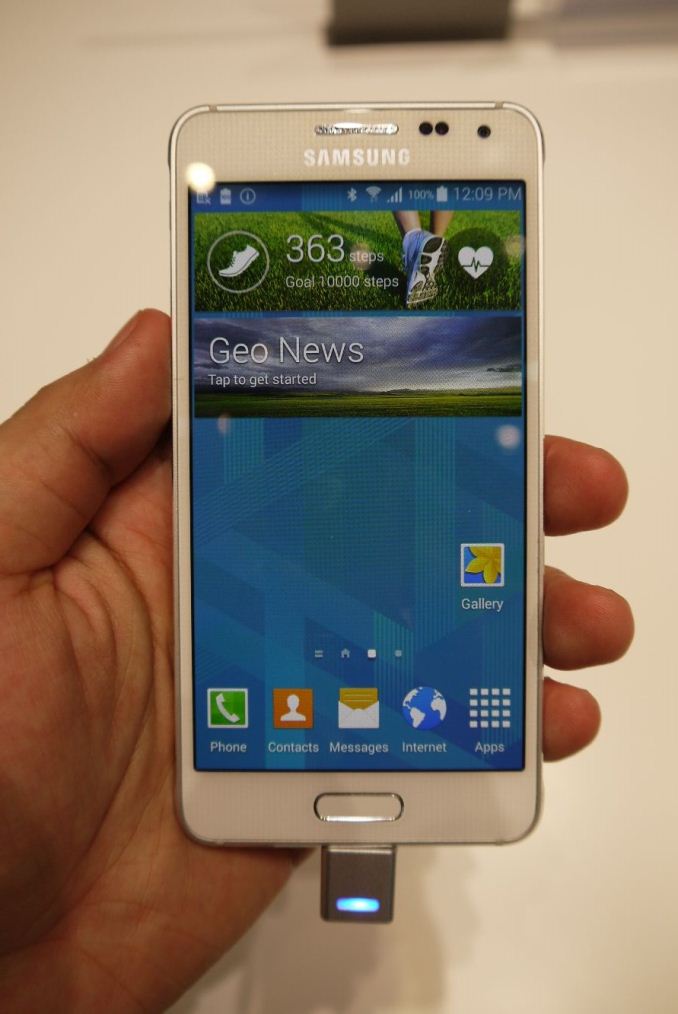
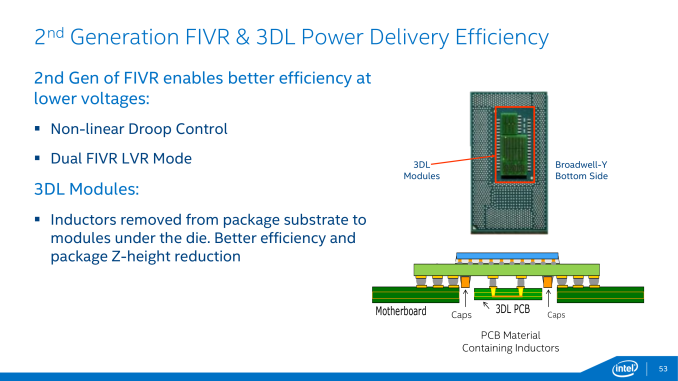
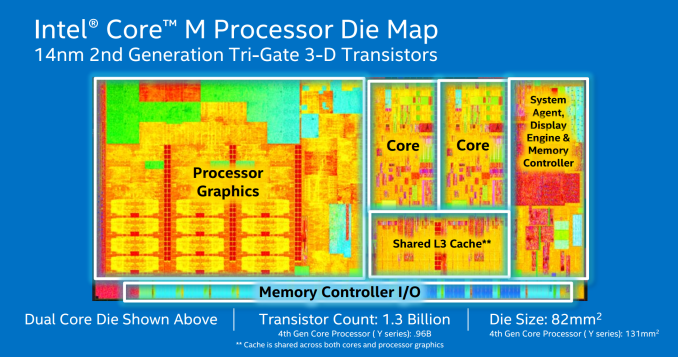
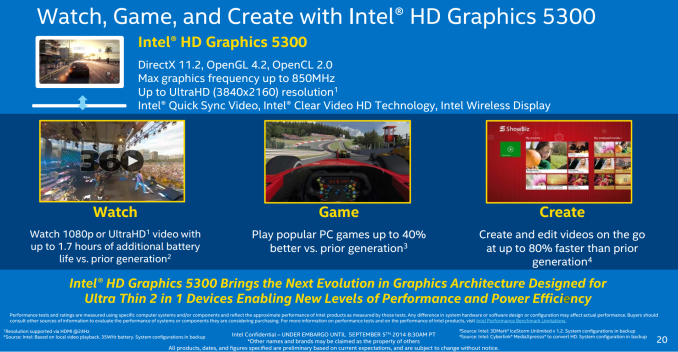
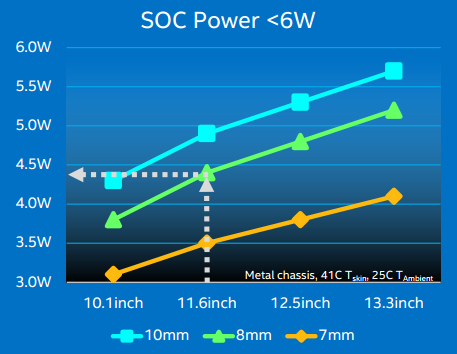
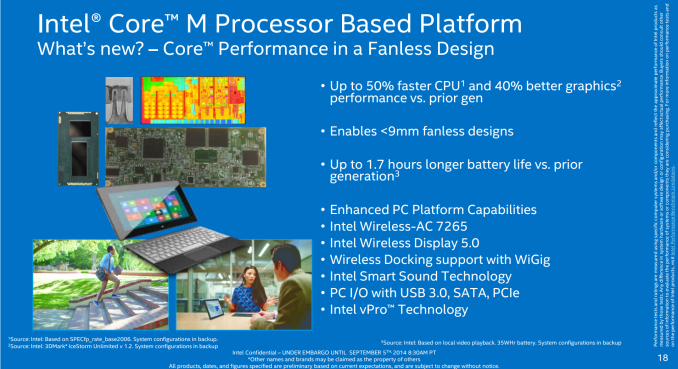
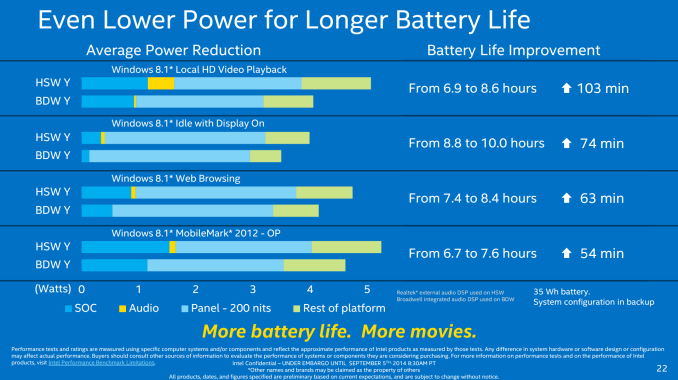
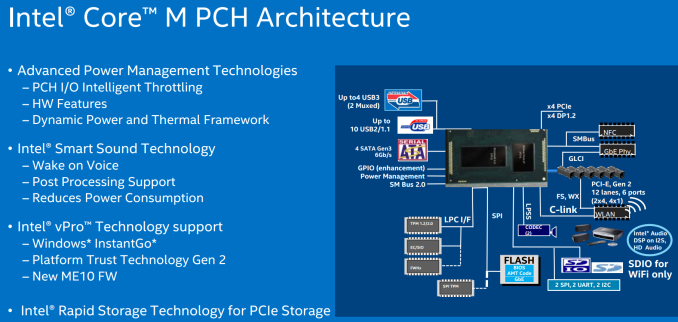

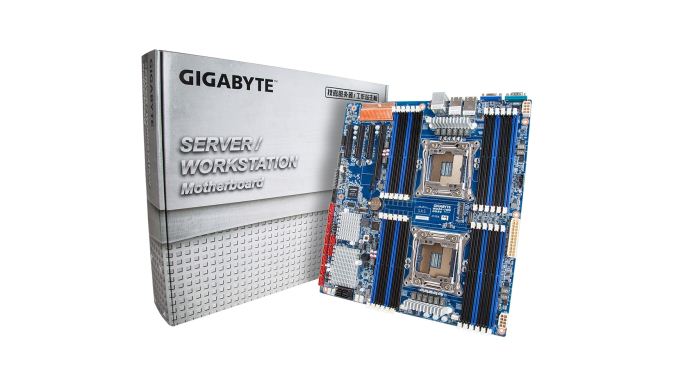
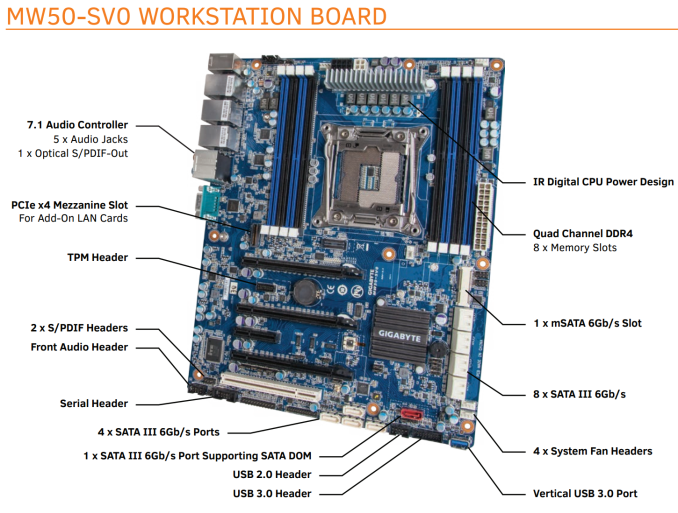
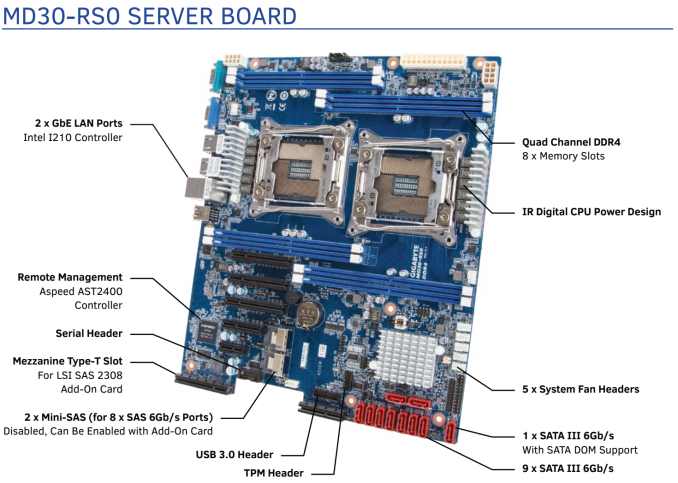
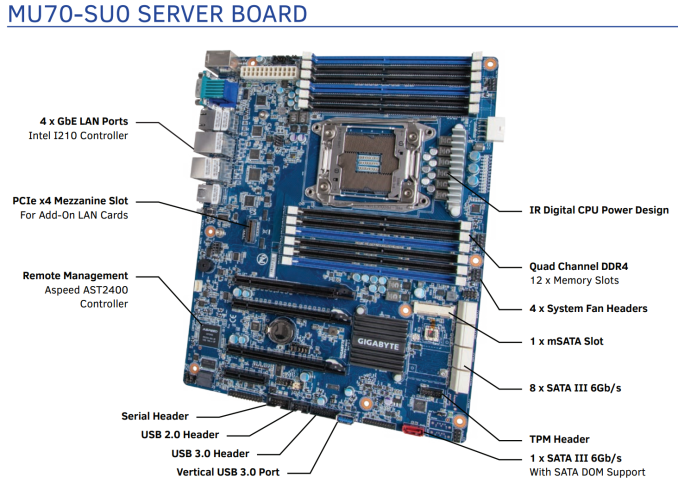
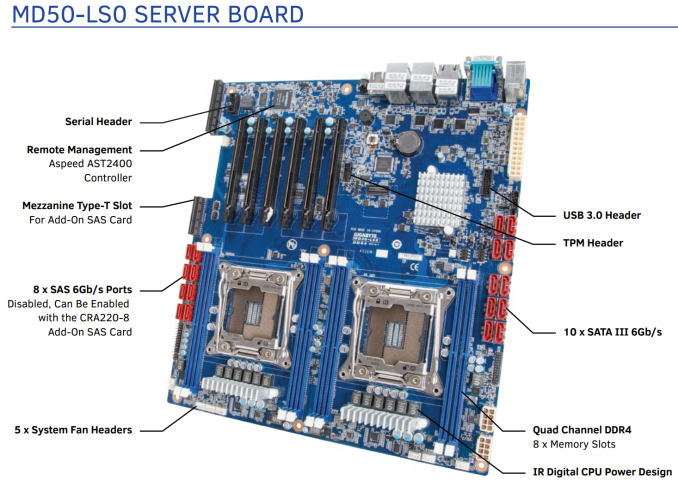
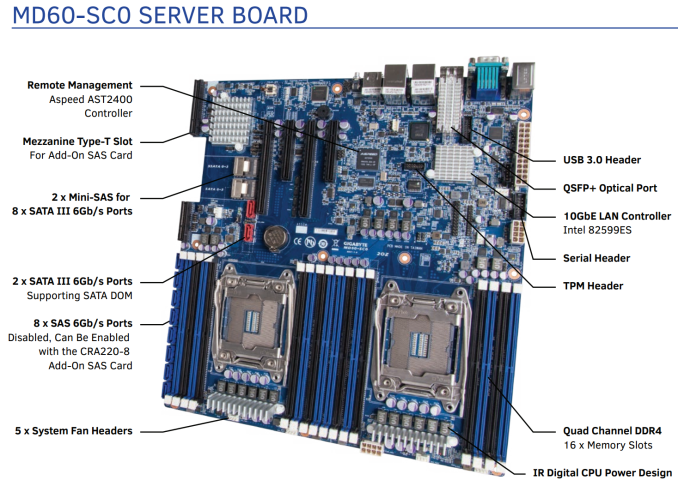
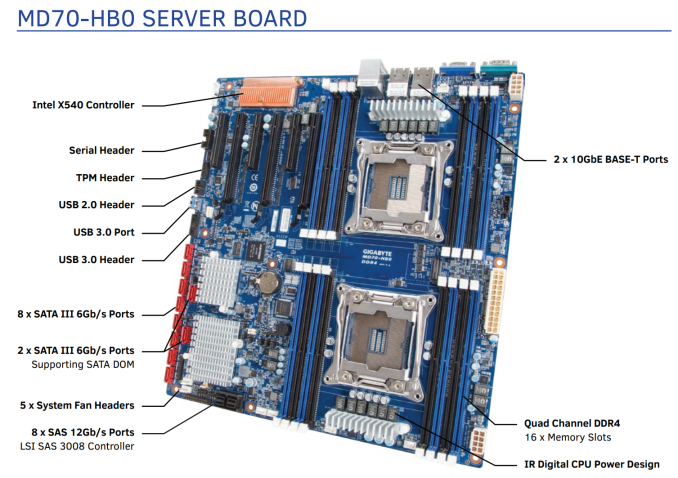
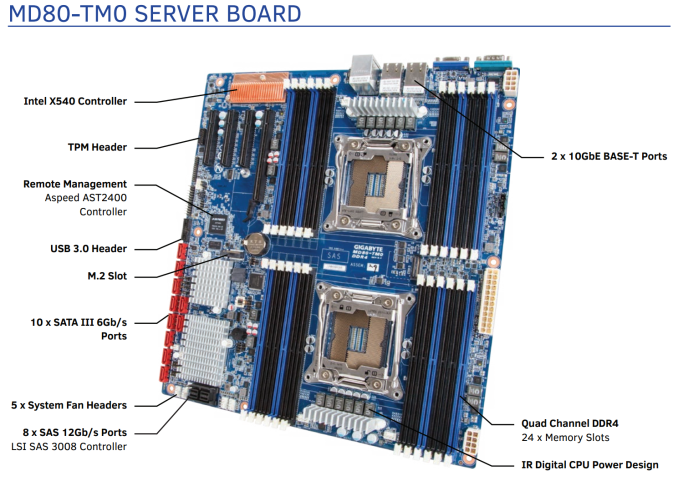
















Bookmarks